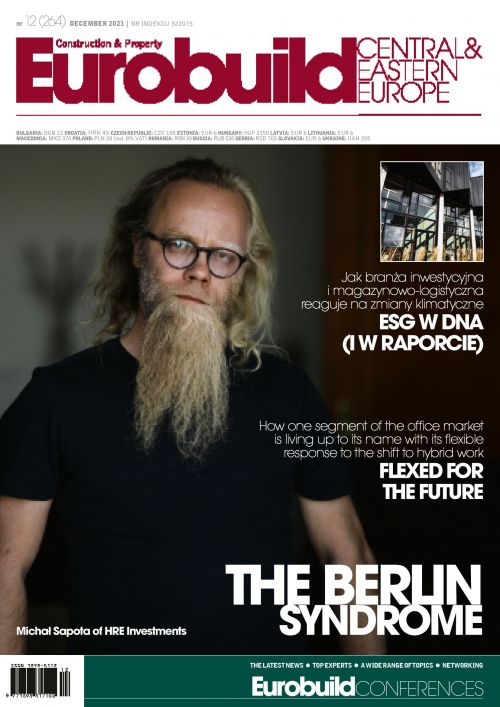ESG stands for Environment, Social Responsibility and Governance. From the sheer scale of their declarations related to this, you might think that many companies simply have it hard-wired into their DNA – and indeed, many developers in recent years, with those active in Poland being no exception, have taken on many activities that are in line with this idea. “The office and retail sectors have probably been better at implementing ESG policies in their properties over the last five to ten years,” claims Jeremy Cordery the COO of MDC2. As he goes on: “I would say that you could regard industrial developers in some way as the poorer cousins. That is now changing, but there is some catching-up that industrial developers have to do.”
Global warming and asset value
Climate change, the Paris Accords and the European Green Order have all been playing an ever-larger role in ESG policy. The environmental aspects of ESG are of crucial importance when it comes to th































































